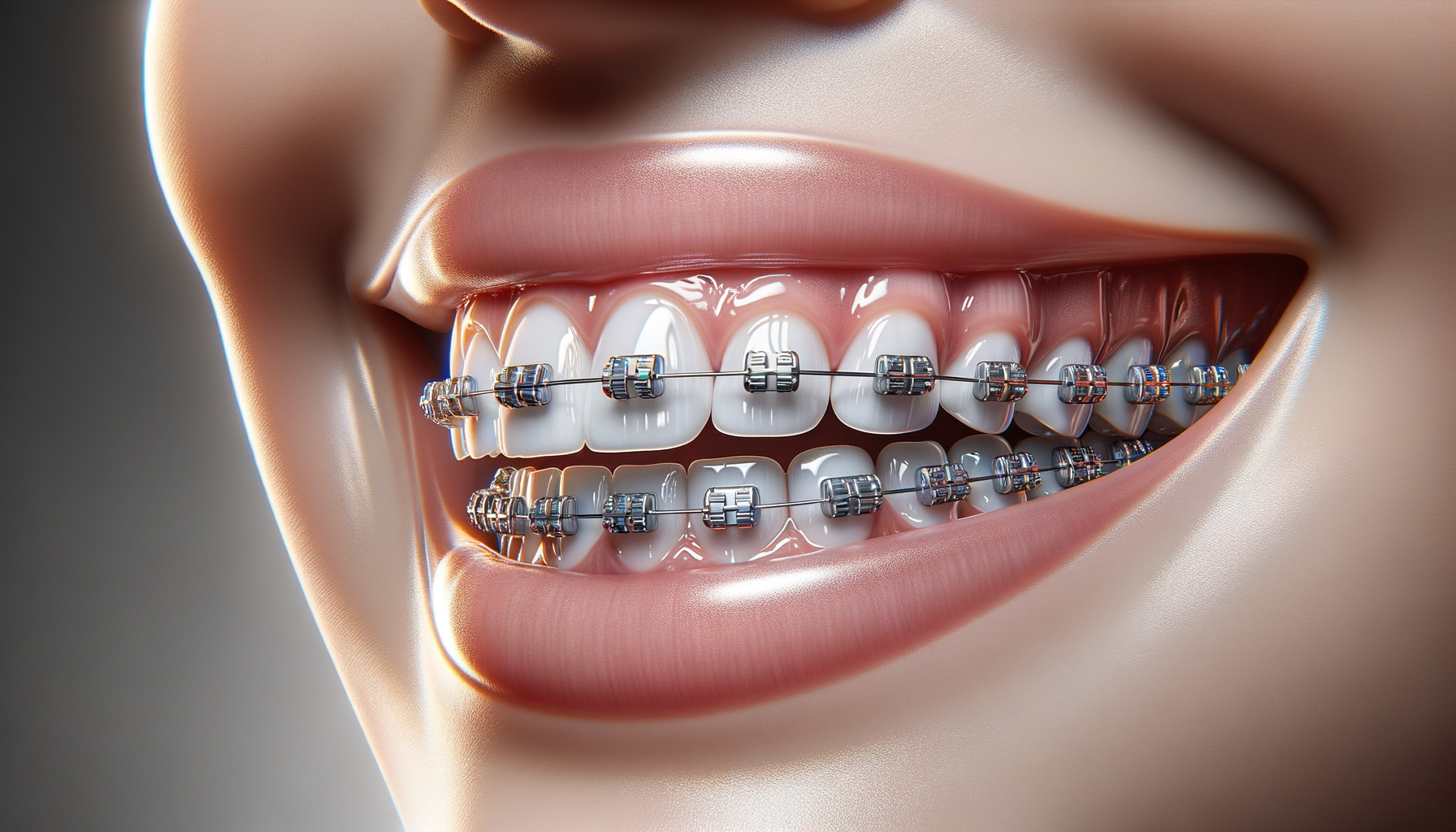
Dental Braces: Straighten Your Smile with Confidence
Understanding Dental Braces: An Overview
Dental braces are orthodontic devices used to align and straighten teeth, correct bite issues, and improve overall dental health. They work by applying continuous pressure over time to slowly move teeth in a specific direction. As the teeth move, the bone changes shape to accommodate the new alignment. Braces are not just about aesthetics; they play a crucial role in improving oral function and health. Misaligned teeth can lead to difficulties in chewing, speaking, and maintaining oral hygiene, which can increase the risk of tooth decay and gum disease.
There are several types of braces available today, each catering to different needs and preferences. Traditional metal braces are the most common and are highly effective for complex dental issues. Ceramic braces are similar to metal braces but are less noticeable due to their tooth-colored brackets. Lingual braces are placed behind the teeth, making them invisible from the front. Lastly, clear aligners offer a removable and nearly invisible option for those seeking a more discreet treatment.
The choice of braces depends on various factors, including the severity of the dental issue, patient age, lifestyle, and budget. Consulting with an orthodontist can help determine the most suitable type of braces for an individual’s needs.
The Journey of Getting Braces: What to Expect
Embarking on the journey to a straighter smile begins with a consultation with an orthodontist. During this initial visit, the orthodontist will evaluate the teeth, take X-rays, and create a treatment plan tailored to the patient’s needs. This plan outlines the type of braces recommended, the estimated duration of treatment, and the expected outcomes.
Once the treatment plan is agreed upon, the process of fitting the braces begins. This involves cleaning the teeth and attaching brackets to each tooth with a special adhesive. An archwire is then threaded through the brackets and secured with elastic bands. The entire procedure is generally painless, although some discomfort may be experienced as the teeth begin to adjust to the pressure.
Patients will need to visit their orthodontist regularly for adjustments, typically every 4 to 8 weeks. These appointments are crucial for monitoring progress and making necessary changes to the braces to ensure optimal results. It’s important for patients to follow the orthodontist’s instructions regarding care and maintenance of the braces to avoid prolonging the treatment duration.
Living with Braces: Tips for Care and Maintenance
Living with braces requires some adjustments to daily routines, particularly in oral hygiene and diet. Maintaining excellent oral hygiene is paramount to avoid complications such as tooth decay and gum disease. Brushing after every meal and using a fluoride mouthwash can help keep teeth and braces clean. Flossing can be challenging with braces, but using a floss threader or an interdental brush can make the process easier.
Dietary changes are also necessary to prevent damage to the braces. Foods that are hard, sticky, or chewy should be avoided, as they can break brackets or dislodge wires. Some examples of foods to avoid include popcorn, nuts, chewing gum, and hard candies. Instead, opt for softer foods like yogurt, pasta, and cooked vegetables.
It’s also important to be mindful of habits that can damage braces, such as chewing on pens or biting nails. Wearing a mouthguard during sports activities is recommended to protect the braces and teeth from injury.
Exploring the Different Types of Braces
When it comes to choosing braces, there are several options available, each with its own set of advantages and considerations. Traditional metal braces are the most common and are known for their durability and effectiveness in treating complex dental issues. They consist of metal brackets and wires, which can be customized with colorful elastic bands for a personalized touch.
Ceramic braces are similar to metal braces but are made of clear or tooth-colored materials, making them less noticeable. They are a popular choice for adults and teens who want a more discreet option but still require the effectiveness of traditional braces.
Lingual braces are attached to the back of the teeth, making them invisible from the front. They are an excellent choice for individuals who want a completely hidden solution. However, they can be more challenging to clean and may cause some initial discomfort as the tongue adjusts to their presence.
Clear aligners, such as those offered by renowned orthodontic brands, provide a removable and nearly invisible option for straightening teeth. They consist of a series of custom-made, clear plastic trays that gradually shift the teeth into place. Aligners are popular among adults and teenagers due to their convenience and aesthetic appeal. However, they are not suitable for all cases, particularly those involving severe misalignment.
The Benefits of Dental Braces: More Than Just Aesthetics
While the primary goal of dental braces is to improve the appearance of a smile, the benefits extend far beyond aesthetics. Properly aligned teeth contribute to better oral health by making it easier to clean between teeth and along the gum line, reducing the risk of cavities and gum disease.
Braces also play a significant role in correcting bite issues such as overbites, underbites, and crossbites. These problems, if left untreated, can lead to a range of complications, including jaw pain, headaches, and uneven wear on teeth. By addressing these issues, braces help improve oral function, making it easier to chew and speak.
Furthermore, having straight teeth can boost self-confidence and improve social interactions. A confident smile can positively impact personal and professional relationships, enhancing overall quality of life.
In summary, dental braces offer a comprehensive solution for achieving a healthy and beautiful smile. By correcting misalignment and bite issues, they contribute to better oral health and overall well-being.

